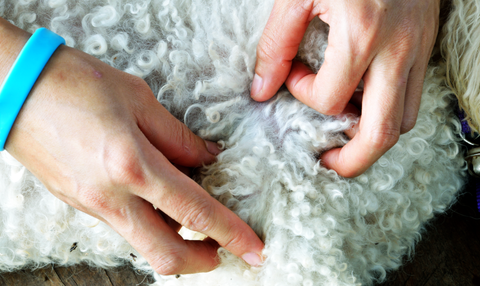Just about all dog owners, at some point or another in their dog’s life, will have to deal with some sort of skin problem. From itching and soreness to even more serious issues, your pet’s skin problems can cause a lot of pain and discomfort. And no one likes to see their loved ones in pain.
Now there are some problems that you shouldn’t have any issues taking care of by yourself at home. But if you don’t notice any improvement after a couple of weeks, you’ll want to make an appointment to see your veterinarian. Regardless, you should be aware of any signs that your dog might have some skin problems. This way, you are fully equipped with all the pertinent information necessary to provide your pooch with the best care possible.
What to Look For
From time to time, it’s quite normal for your dog to scratch and itch just the same as we humans do. But if that itching becomes more frequent than usual, that’s usually a sign that there’s some underlying issue going on. Needless to say, it can be challenging trying to identify the problem and we recommend contacting your veterinarian for a professional opinion.
Here are some of the most common symptoms to note that can lead to skin issues in dogs:
- Sores
- Rashes
- Dandruff
- Hair loss
- Hot spots (redness)
- Swelling or lumps
- Rubbing of ears or face
- Biting or chewing the skin
- Rubbing or scooting on surfaces

Most Common Skin Problems in Dogs
Simply put, your dog may well be suffering from a variety of skin issues. These could vary from fleas to an allergy they might have to some food you’re feeding them. If your dog is displaying symptoms of a skin condition, one or more of these top canine skin ailments might be to blame.
Ringworm
If your dog is suffering from ringworm, it’s important to know that they aren’t dealing with “worms,” per se. The name ringworm is actually derived from its appearance of circular, crusty patches that are often surrounded by inflammation. More often than not, you’ll find these inflammations located on the dog’s head, front legs, and ears. The fungus’s small spores (or seeds) reproduce in the dead outer layers of your dog’s skin where they then travel to other regions of your dog’s body. The easiest way to tell if your dog has ringworm is by the appearance of circular patches of missing hair.





